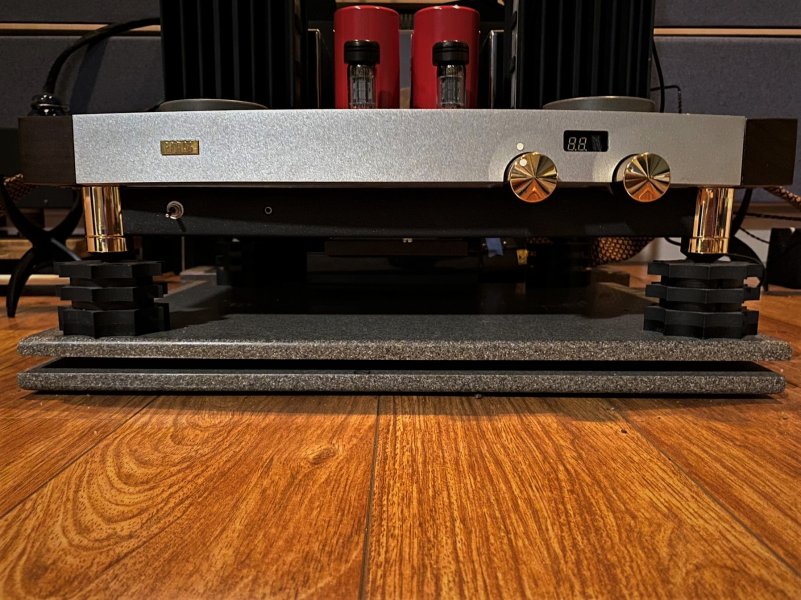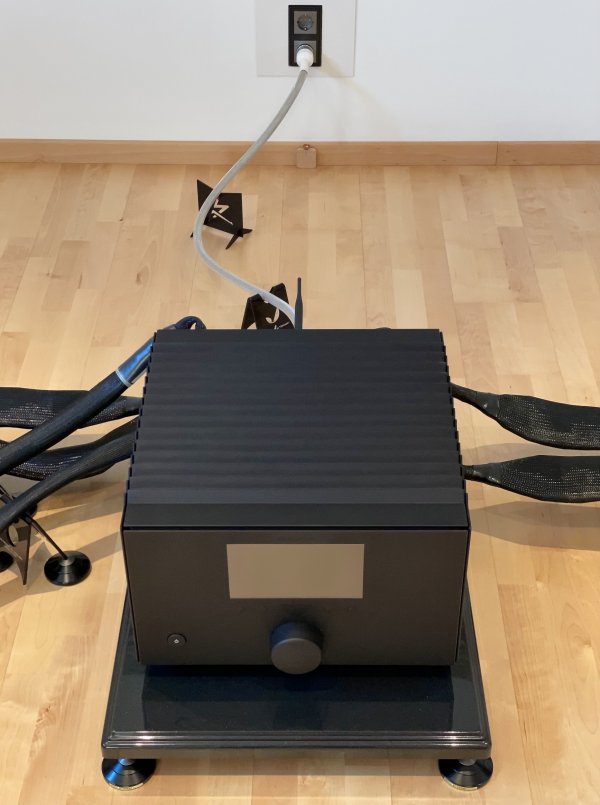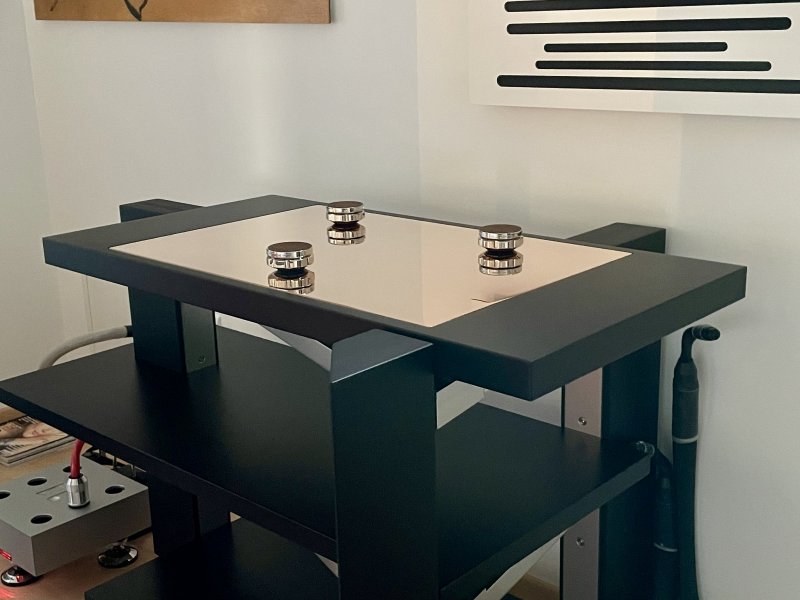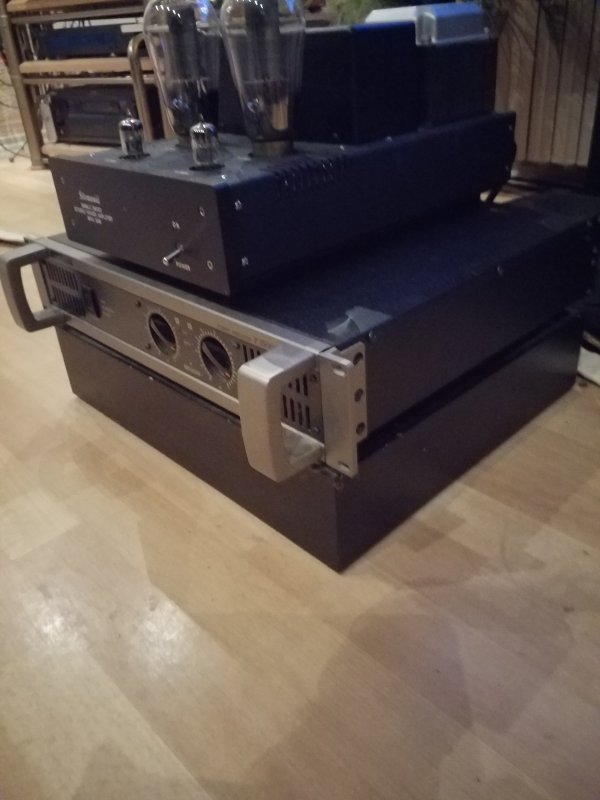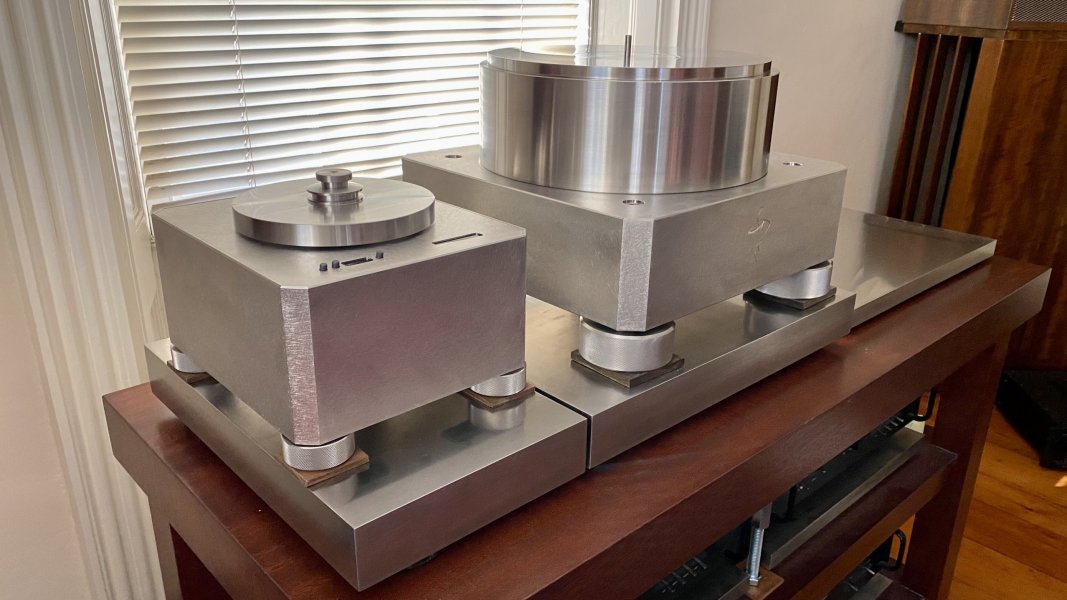Insomuch as power is a larger concern today than it was just a few years back.
Were I in Ron's position of having a not quite beyond the stage of testing and still easily emptied out listening room. A little research on the likely formulation and qualities of concrete underneath him followed by some quick and dirty forum(ha)lation of a weighted test routine. Would go some ways towards making me sleep better at night for years to come.
My licked finger touching air sixth sense reading would lead towards (SQ tests) leveling numerous bars of a greater length than expected with a single hardwood sheet atop. Friction on a level below measuring with the naked eye can be mighty helpful in environment where compound issues surround the small island(s) you are defending. Meaning you also have geographic earth movement to account for on top of air and locally manufactured forces. Also meaning don't fight the less desirable qualities of residential concrete with equipment tweaks.
Food for thought expanding upon the always informative technical advice Atmasphere provides.
Were I in Ron's position of having a not quite beyond the stage of testing and still easily emptied out listening room. A little research on the likely formulation and qualities of concrete underneath him followed by some quick and dirty forum(ha)lation of a weighted test routine. Would go some ways towards making me sleep better at night for years to come.
My licked finger touching air sixth sense reading would lead towards (SQ tests) leveling numerous bars of a greater length than expected with a single hardwood sheet atop. Friction on a level below measuring with the naked eye can be mighty helpful in environment where compound issues surround the small island(s) you are defending. Meaning you also have geographic earth movement to account for on top of air and locally manufactured forces. Also meaning don't fight the less desirable qualities of residential concrete with equipment tweaks.
Food for thought expanding upon the always informative technical advice Atmasphere provides.



